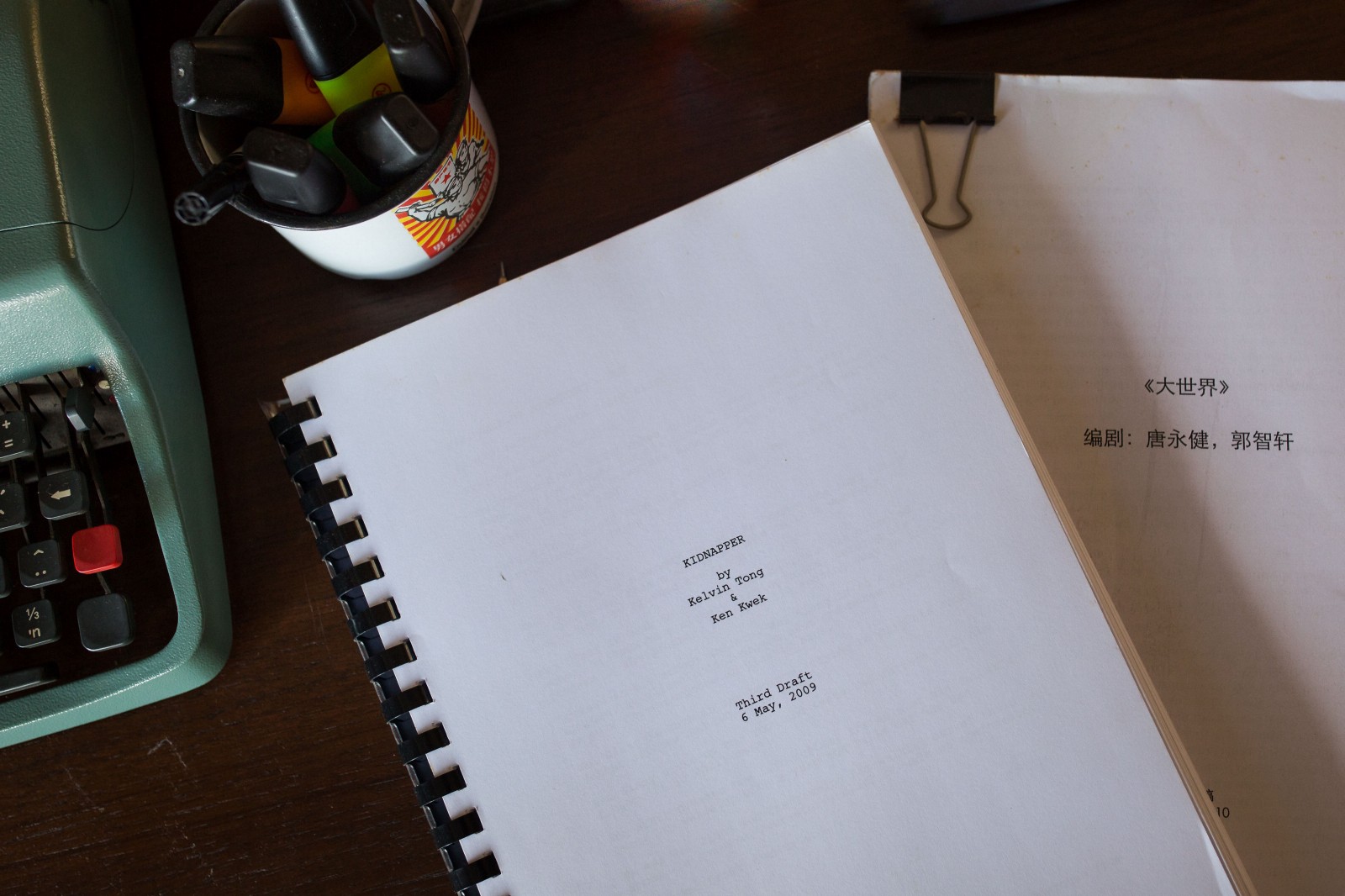NANG 1: Note

What follows is a short opening text penned by yours truly and first published in the maiden Issue 1 of the magazine (pp. 2-3).
To both the anxious publisher and the excited editor in me, this maiden Issue of NANG is first of all a point of arrival and departure. So, let me immediately say thank you to the many contributors and collaborators who have put a great amount of work into this project, and to the readers who have decided — or are considering — to come along with us.
In May 2016, after several months of preparation, NANG announced itself in the form of a pilot Issue 0, which was intended as an introduction to the project, to its subject and to the first three issues scheduled for the 2016-17 biennium. My own introduction to that Issue sought, among other things, to contextualize NANG’s focus and format as well as to emphasize the intrinsically collective nature of the project: every issue will be conceived (from scratch) around a specific theme and will be prepared by different guest editors, each using a distinct yet diverse approach. (Interested readers can now find the introduction here.)
Meaning and purpose shall always be two fundamental attributes, I hope, of this ambitious magazine (ad)venture, and it gives me great pleasure to see that throughout the following pages guest editor Ben Slater and his team of contributors have provided an abundance of both.
NANG 1 (cover detail photograph by Martin Flodström)
This Issue is dedicated to Screenwriting. (The capital “S” is intentional as I like to think of themes as constellations that not only allow us to orient a given issue but hopefully also help readers to navigate it from cover to cover.) It sheds light onto several screenwriting realities — foregrounding important but often overshadowed figures — and at the same time proposes a fresh way to delve into the world of screenwriting by juxtaposing the “narratives” of writers, writer-directors, and screenplays themselves via excerpts reproduced in two special sections of the Issue. Right from the outset, it was important to Ben that we include such excerpts and this was a particularly exciting part of the project. Screenplays animate paper through a unified language of signs, and in doing so they attempt to communicate, share ideas, reveal things unknown and seek out like-minded spirits. They are, in other words, and in more ways than one, performances on paper. As a publisher I can’t help but note how this is akin to what a magazine should always strive to be.
NANG took root at the intersection of two passions: one for cinema in Asia and the other for publishing. And while I do not know the paths this project will take over the next five years, I will make sure that such passions continue to shine through its pages. I very much look forward to the journey and I sincerely hope you do too given that “magazines derive their principle of being from a relation between some part of the mind of the editor and some part of the mind of the public,” as Edmund Wilson put it in a memorable 1930s essay called “The Literary Worker’s Polonius.” Should this relation transform into a “point of contact,” a moment of interaction and exchange, this publication will have served its purpose.
Thanks for reading and do get in touch with any thoughts and questions you may have.





